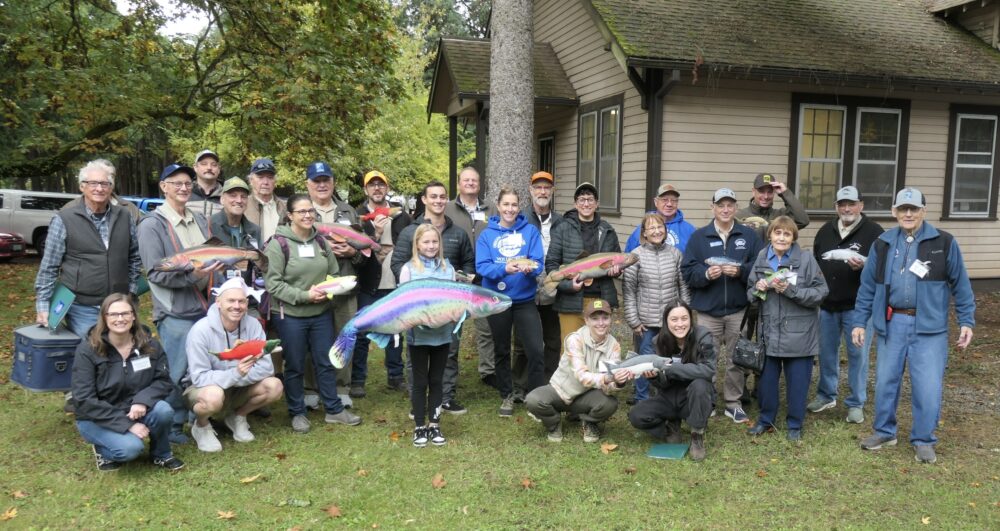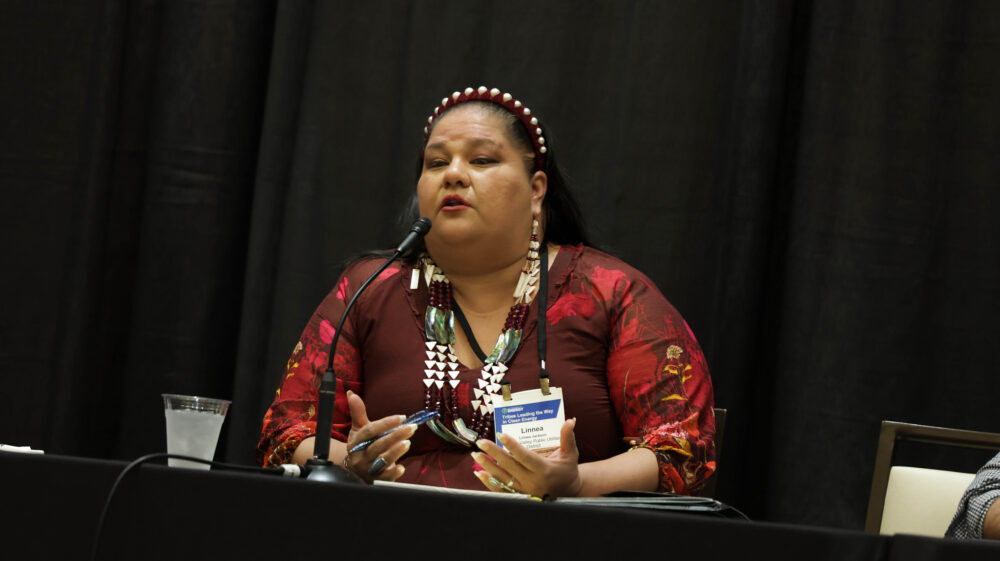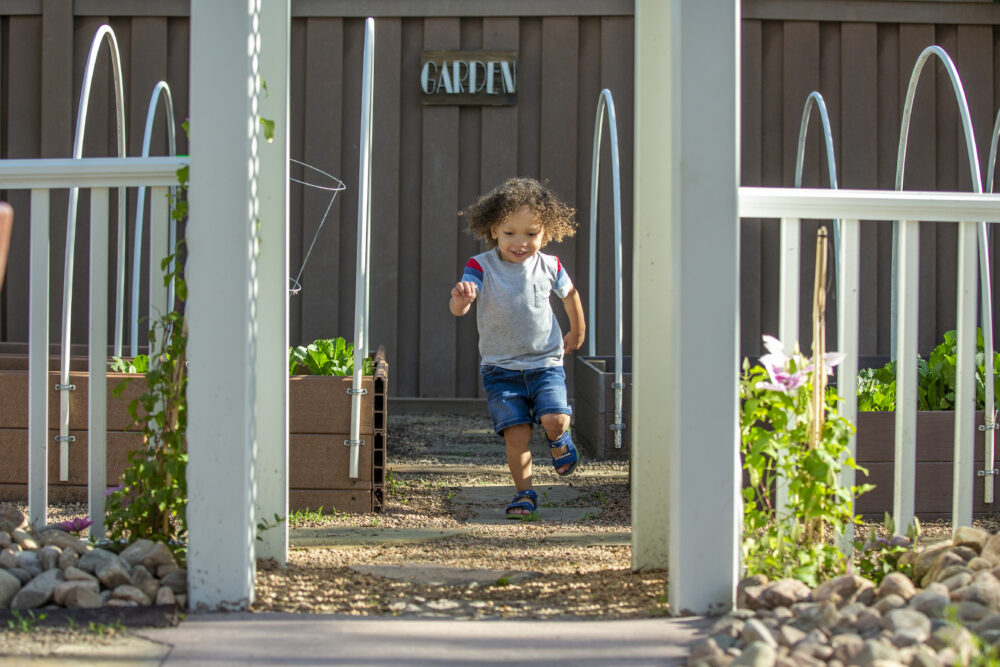We have much more to do and your continued support is needed now more than ever.
Guest Post: Is Culture Shift Possible?

As the Oberlin energy orbs suggest, at the heart of sustainability is the goal of moving from a culture of consumption to one of conservation. Simply greening campus operations is not enough. Moving toward sustainability hinges on our ability to inspire and maintain changes in behavior, expectations, and norms. Until people remember to turn off their computers, hop on the bus, or put their soda bottles in the recycling bin, it will be difficult to make much progress.
How one frames the message has a clear impact on how effectively it is communicated. “It’s not about telling people, ‘You have to do this, you have to do that,'” notes Oberlin College undergraduate Lucas Brown. “It’s about fitting sustainability into our own lives.” The energy orbs provide a quick, easy way to tell what the level of energy use is in the building without a lot of technical detail and in a way that motivates rather than alienates the residents. In fact, this kind of real-time feedback at Oberlin led to cuts of more than 50% in energy consumption during the experiment.
Simply put, inundating people with facts and figures can lead to paralysis. Anthony Leiserowitz, director of the Yale University Project on Climate Change, contends that “you have to have an emotional response-bad or good-to put a high priority on doing something.” But just scaring people with apocalyptic messages about the future won’t work either. Instead, people have to be presented with concrete, positive actions; otherwise they can feel overwhelmed and powerless.
Environmental psychologist Doug McKenzie-Mohr suggests that the most effective way to promote sustainable behavior is to adopt community-based social marketing in place of the usual information-based campaigns. In his words, community-based social marketing focuses on “initiatives delivered at the community level which focus on removing barriers to an activity while simultaneously enhancing the activities’ benefits.” Community-based social marketing involves four steps: (1) identifying the barriers to a particular activity; (2) developing a strategy based on these data; (3) piloting a strategy; and (4) assessing the strategy’s success once it has been implemented across a community.
According to McKenzie-Mohr, among the most effective tools in community-based social marketing is commitment. Securing a small commitment at the outset leads to a successful larger request. Thus, asking someone to put a bumper sticker on his or her car about buying green products increases the possibility that the person will actually purchase these products.
Another important tool is the use of eye-catching prompts that remind people to turn off the lights, turn down the thermostat, or check the air pressure in their tires. In addition, norm-based messaging can be very persuasive. A 2007 study showed that giving households regular feedback on how much energy they were using relative to the rest of the group, along with a signal of social approval or disapproval (in the form of happy- or sad-face emoticons), led almost everyone to cut down on their energy consumption. “Keeping up with the Joneses,” it turns out, works as a powerful motivator in arenas other than consumer goods.
Communicating messages that are easy to remember, clear, and specific, and establishing personal and community goals are also key to successful social marketing. As part of an energy savings campaign, for example, University of Buffalo, Tufts University and Williams College urged students to “do it in the dark,” a message sure to resonate with this demographic group. Finally, the careful use of incentives that reward positive action rather than penalize negative behavior is a critical tool in moving people toward more sustainable behavior.
Clearly, attempts to change behavior and values raise a number of thorny issues. “Campuses will become sustainable only when they have universal buy-in and enthusiastic participation from all stakeholders,” observes Derek Larson, director of the Environmental Studies Program at the College of St. Benedict/St. John’s University. “This requires a cultural shift that leads people to ask themselves ‘what is the most sustainable way to do this?’ before making a decision, rather than asking ‘what is the cheapest way to do this?’ or ‘how have we done this in the past?’ as is common practice at most institutions.”
The biggest question is whether a culture fueled by billions of advertising dollars and powered by decades of cheap oil and energy can change fast enough to avert disaster. Just as smoking habits have altered significantly over the last 20 years, more sustainable behaviors will probably take hold. But will they do so in time to make a difference? Although no one knows the answer to this question, the participation of colleges and universities in this effort can certainly improve our chances. What color is your campus’s energy orb?
This essay is excerpted from Boldly Sustainable: Hope and Opportunity for Higher Education in the Age of Climate Change, which examines how colleges and universities can leverage their commitment to sustainability to save money, have a positive impact on the environment and carve out a distinctive niche in the marketplace. The book is available for purchase through NACUBO.
Andrea Putman is Director of Sustainability Financing for Second Nature, where she co-manages the partnership between the Clinton Climate Initiative and the American College and University Presidents Climate Commitment (ACUPCC). She serves on the Association for the Advancement of Sustainability in Higher Education Advisory Committee. She is also the co-author of The Business Case for Renewable Energy: A Guide for Colleges and Universities published by NACUBO, APPA, and The Society for College and University Planning.
Peter Bardaglio is a senior fellow at Second Nature, a nonprofit committed to the promotion of sustainability in higher education. As the provost and vice president of academic affairs from 2002 to 2007 at Ithaca College, he helped launch a nationally recognized campus sustainability initiative. Bardaglio serves on the Senior Council of the Association for the Advancement of Sustainability in Higher Education, the editorial board of Sustainability: The Journal of Record, and as a Higher Education Sustainability Fellow with the Society for College and University Planning.





















